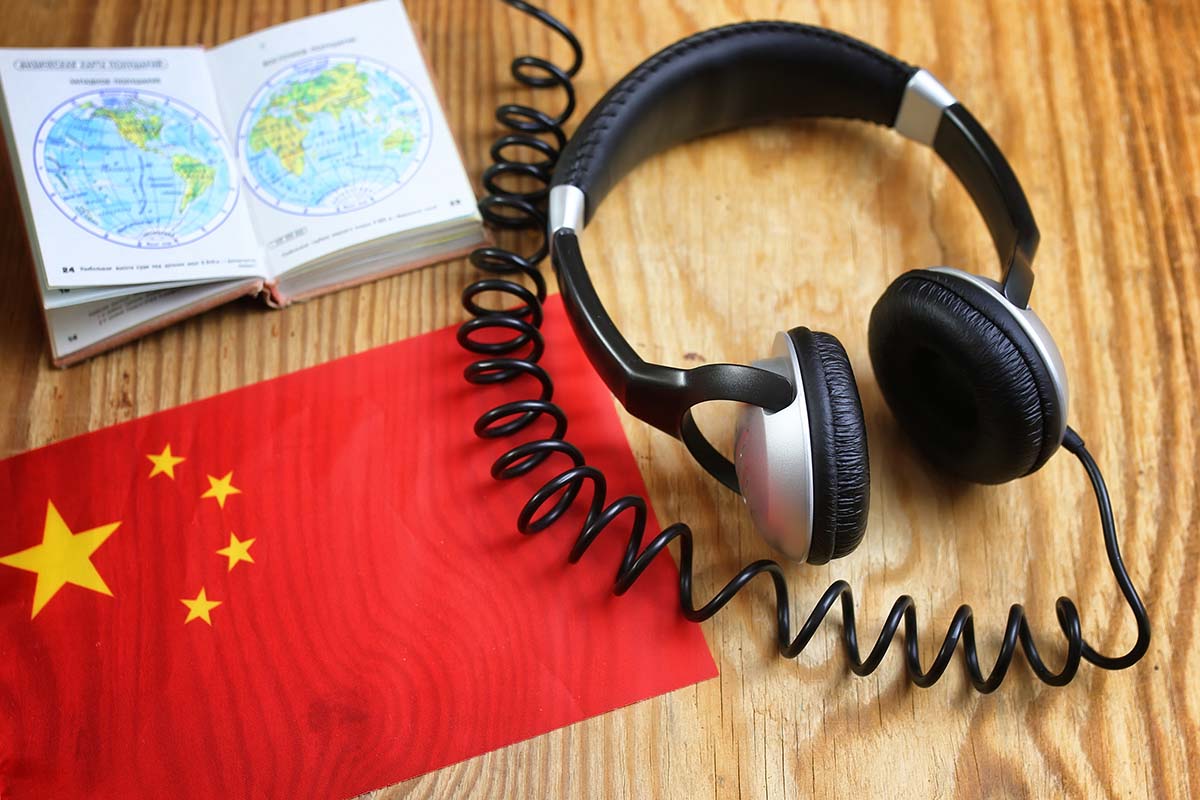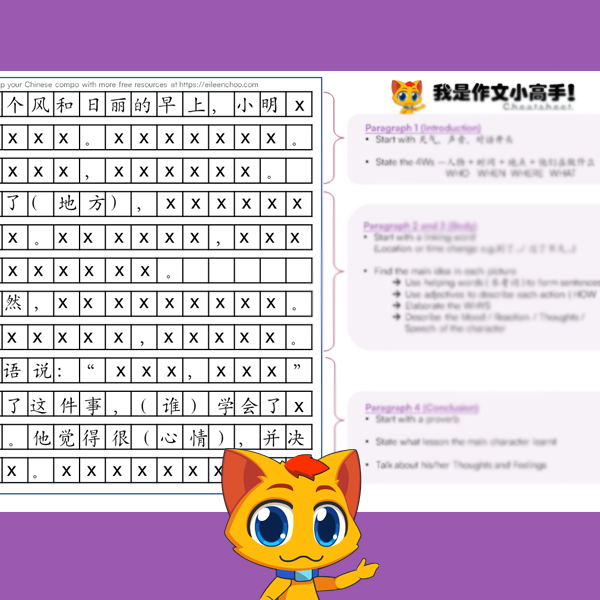
The PSLE Chinese oral exam makes up 25% of your Chinese exam paper. However, for many Singaporean kids, taking the oral exam in Chinese can be challenging.
In this PSLE Chinese oral guide for Primary 5 and 6, let’s learn about what you can expect and do to improve your scores in your Chinese oral test at PSLE.
PSLE Chinese oral exam – What’s new
First, let’s talk about what to expect for the PSLE Chinese oral examination.
Unlike Primary 3 and 4 where you’ll need to read an oral passage and do picture description (看图说话 ), PSLE Chinese oral takes a new format known as e-oral. There will still be a Reading Aloud section (now worth 20 marks), but the Chinese oral picture description section is now replaced by a Video Conversation section (that’s worth 30 marks).
What to expect during PSLE Chinese oral
Here’s what’s going to happen on the day of your Chinese e-oral exam.
- You’ll have 10 minutes to prepare for both the reading aloud component and the video conversation component.
- After entering the examination room, you will have one more chance to read the passage and watch the video before the actual Chinese oral exam starts.
- The exam starts with you reading the given Chinese oral passage.
- This is followed by the video conversation section where you will answer 3 questions that’s related to the video that you’ve seen.
-
- The first question will be directly related to what you’ve seen in the video
- The next question will be related to your thoughts that is somehow related to the theme in the video
- The last question will require you to share an experience that extends beyond the theme of the video
Be prepared that the e-oral exam is interactive. This means that the oral examiners will ask you a question or two as you are giving your thoughts on the video during the exam.
For the full details of the PSLE Oral Chinese exam, check out this SEAB guide.
Is the new PSLE Chinese oral exam easier?
Well, this depends on your Chinese proficiency and how well exposed you are.
Most Primary 5 and 6 students have not much problems with the Reading Aloud section. However, most find the e-oral video conversation part challenging.
This is because the Chinese video conversation questions tend to be a little more open-ended. This means that you need to have a wide range of vocabulary in order to express your thoughts freely in Chinese. Most primary school kids in Singapore have trouble with this.
How can you study for your PSLE Chinese oral then?
Since the oral videos that you’ll watch during the exams usually have a theme, A good way to help you score better at the exam is to familiarize yourself with common Chinese oral topics ahead of time so that you have the relevant vocabulary in Chinese.
Here are some oral conversation topics that you can use for your Primary 5 or PSLE oral practice:
- Being helpful – helping the needy, elderly etc.
- How you help out at home – doing housework, helping your siblings etc.
- Keeping the environment clean
- Living a healthy lifestyle – exercise, healthy eating etc.
- Your hobbies
- Road safety
- Your favourite place, food, activity etc.
If you need some ideas on what to say, check out these sample Chinese oral questions and answers that I’ve prepared for my class. Don’t forget to practise saying them in your own words so that it’ll be more natural for you.
With practice, I’m sure your Chinese oral will improve by PSLE =).
PSLE Chinese oral is only one part of the PSLE exam…
If you are looking for more PSLE Chinese exam help besides oral, you might want to check out these posts that I’ve written to learn how to improve your composition and comprehension skills.







Lao Shi, 我明天有华文口试 pls help me i really need pls